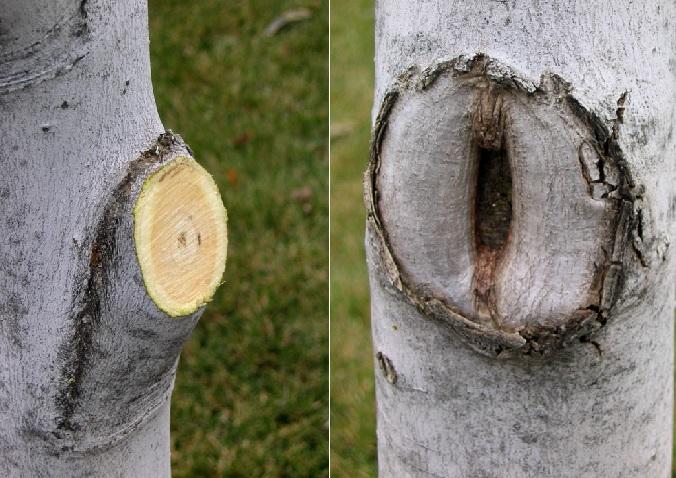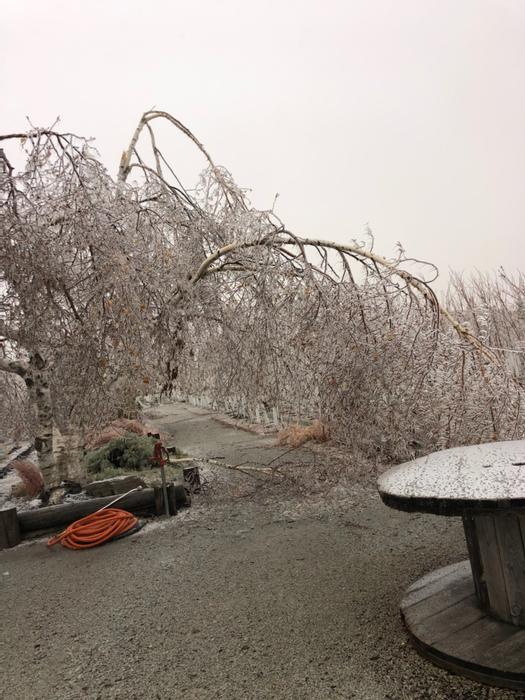Trees - our long-term investment

Trees - our long-term investment
Identifying trees, especially large trees, for hazards or defects can be a very important step in developing a pruning plan. With the extreme weather we’ve experienced here in Mid-west over the past year, assessing a tree for damage can be a vital part in overall safety.
We all love having our large shade trees when it comes to creating climate-resilient landscapes and communities, not to mention a relief from the extremes in your own back yards. But we also need these trees to be structurally sound to handle these heavy burdens. Winter is a good time to look over your larger trees, and young ones as well, to see if there are any potential hazards. Since they limbs are leaf free in the winter, it is easier to see these areas that may have some damage. You may make these observations anytime throughout the year, but wait until late winter or early spring to do any pruning.
Common Defects
To assist clients and professionals in inspecting these problems, Nebraska Extension has a publication titled Tree Hazard Awareness. It provides photos to help identify common potential issues; double leaders, cracks, decay, girdling roots, etc.
Once a problem occurs, they can be difficult to correct. The best way to prevent a lot of these issues is by taking care of the tree while it is younger. Typically, the first 5-10 years of a tree’s life are the most important when it comes to pruning. This sets the bar for what shape the tree will be as it grows older. Planting the tree at the right depth can also play a big role in overall tree health.
No Dressings
If a limb is broken off or is pruned wrong, DO NOT use any wound dressings on the injury. Trees sense when there is a cut made and then seal off the wounded or damaged area(s). Wound dressing has not been proven to promote healing.
When a tree is injured, such as with pruning, it sends defense chemicals to the wound. Then during the growing season, the tree develops wound wood to close off the injury.
In conclusion, we must remember that trees are a long-term investment. They provide us with numerous benefits and they need our care, but we need to make sure it is done in the right way and at the right time.
Resource; https://communityenvironment.unl.edu/update01032022#One

Trees - our long-term investment